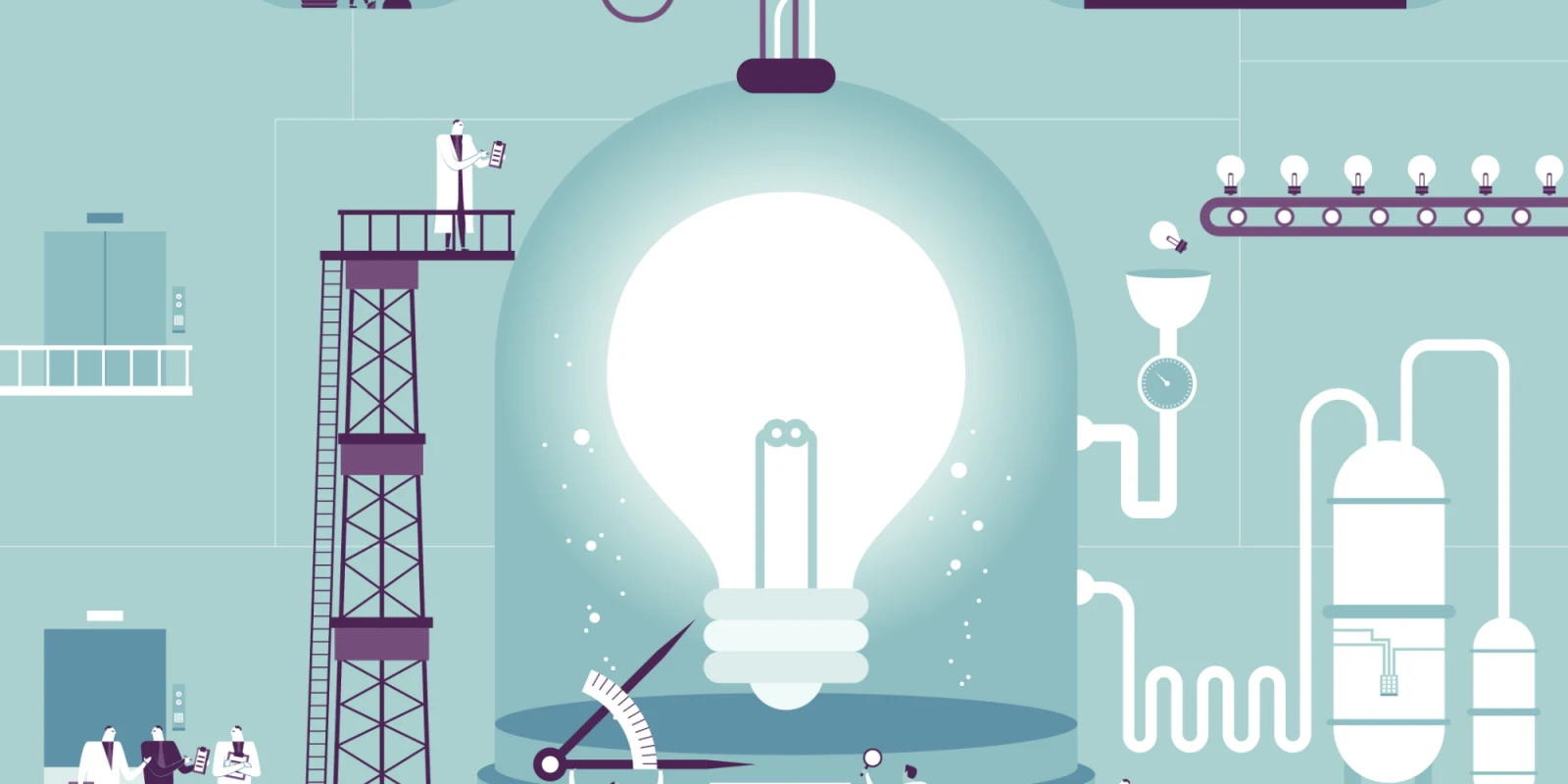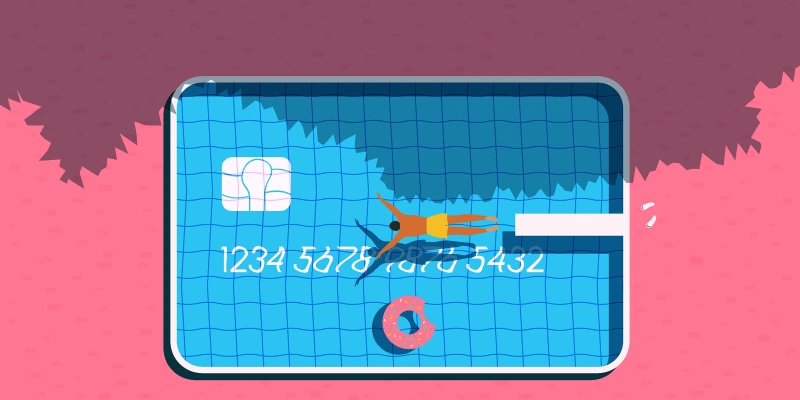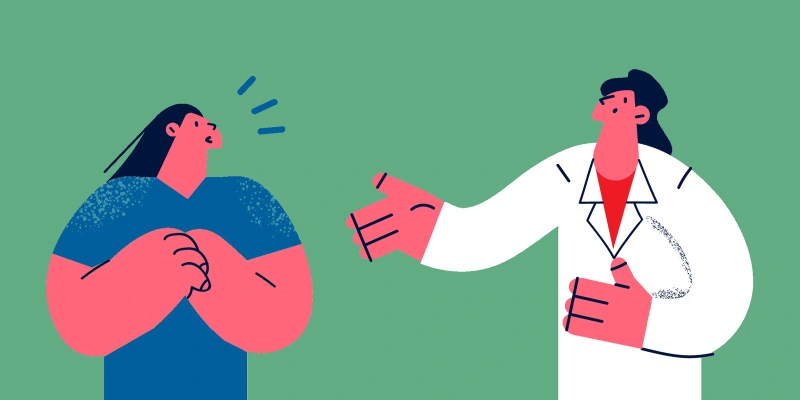
Beginning in ancient times and throughout the existence of medicine, there has been an unquenchable thirst for further knowledge and enlightenment concerning the human body, physiology, pathology, diagnostics, and treatment. Clinicians and scientists for centuries have dedicated their lives, careers, and skills toward improving the availability and quality of medicine.
In studying the history and origin of many medical discoveries and turning points, I have noticed a common learning model that has been the keystone of basic and continual medical learning. The keystone to understanding high-quality medicine is to comprehend the risks and benefits among several different options. We are fortunate to live in a time of medicine where biotechnology, innovation, and research have provided us with copious amount of options for each medical topic. Although this fact has advanced many areas of medicine, rapid advancements and excess information have provided a complex and consistently changing fountain of knowledge, leading to a challenge for trainees and seasoned clinicians alike: finding accurate and up-to-date solutions.
For each diagnostic, there are bad options, good options, better options, and best options. The goal of a medical professional is to establish a solid foundation and effectively continue learning through this ancient model.
“Bad” medical options typically present both short-term or long-term risks to patients. Such risks typically do not outweigh the benefits due to inferior quality. As part of the hundreds of exams we take during training, bad options are the answer choices that are easy to eliminate. As part of the oath to do no harm, it is extremely vital for students, residents, and clinicians to make an active and continuous effort to understand these options and be able to instantly recall them, especially during long shifts at 2 a.m.
“Good” medical options form a gray area with multiple degrees of accuracy and effectiveness when diagnosing or treating patients. Just because something is “good” doesn’t mean it is the “better” or “best” option. The rapid advancement of medicine has created a unique scenario where knowing the most up-to-date information engulfs a significant part of our career. Although there are multiple resources that will summarize the most up-to-date information, these resources are also becoming copious and overwhelming. In order to successfully choose from the exhaustive list of options, trainees must establish a strong foundation and senior physicians must continually sharpen their complex decision-making process.
This complex medical decision-making process, specifically the ability to reason and make decisions beyond simple facts and figures, separates us from complex algorithms and computation technology. We have been trained to analyze data, apply common sense, respect emotions, understand desires, and use critical thinking to to make medical decisions. The greatest challenge is to delineate the better options from the sea of good options.
“Best” options are vital and require the most intellectual efforts. The concept of having a “best” option in medicine is different compared to most other industries. There is rarely a “one size fits all” best option for patients. Due to the multifactorial aspect of medical decision-making, continuing medical education should be focused on individualized medicine. Although patients belong to a heterogeneous group that includes factors such as age, gender, weight, allergies, beliefs, goals, current medications, genetics, cost, and comorbidities, the best option can and should be achieved. Even after committing to the best initial option for a patient, the challenge continues as the best option may change as the clinical picture further develops.
I remember sitting in an organic chemistry course, wondering why many physicians consistently told me that they hardly ever used organic chemistry concepts after taking the MCAT. I would ask myself why it was even important to learn these concepts when I could jump straight into the medical sciences. The realization of organic chemistry’s importance clicked while I was in medical school. When I was asked to think in a systematic, critical fashion. I was grateful that the educational system taught me how to learn atypical, difficult, and complex concepts at a higher level. The goal of education, including both undergraduate and medical school, is to mold learners to critically think and become experts in long-term learning rather than simply teaching the facts. We must continually learn how to appraise resources, assess problems, create solutions, and apply information.
I believe we are living in the greatest time to practice medicine. We have never seen this extent of challenges and opportunities available during any other time in medical history. Although we live in an advanced stage of medicine, all ancient principles of learning are still centered around the concepts of critical evaluation and decision-making regarding bad options, good options, better options, and best options.
Tyson Schwab, MD, MS is a clinician at Intermountain Healthcare. He practices at Utah Valley Hospital as part of the Utah Valley Family Medicine Residency program. His medical interests includes primary care, innovation, technology, health policy, and improving medical quality.
Dr. Schwab is a 2019-2020 Doximity Fellow.







